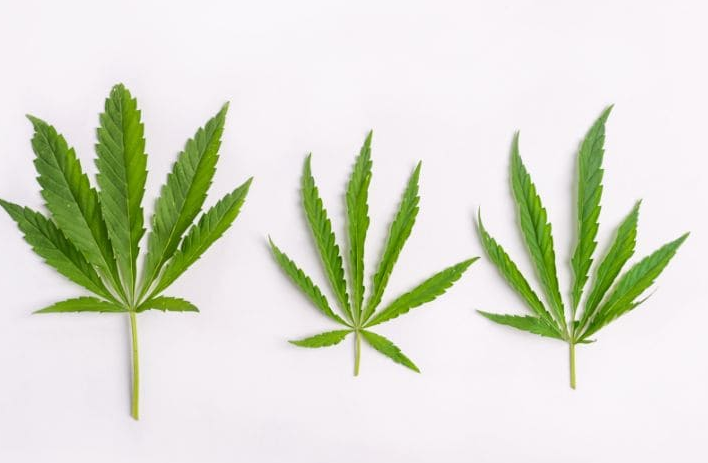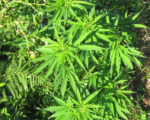Cannabis growers are facing a sneaky foe that turns lush green plants into yellowing messes, slashing yields and profits. Iron deficiency, often triggered by simple pH mishaps, is hitting crops hard, but fresh fixes from experts could save the day. Dive in to learn how this common issue is shaking up the industry and what you can do right now.
Spotting the Silent Killer in Your Grow
Iron plays a key role in cannabis health, helping plants make chlorophyll for energy and growth. Without enough, new leaves turn bright yellow while veins stay green, a classic sign called chlorosis. This hits fast in young shoots, spreading if ignored.
Growers notice it first in hydroponic setups or soil with off-balance pH. A recent report from industry pros highlights that symptoms show up in weeks, stunting buds and cutting harvest by up to 30 percent in bad cases. Bold key sentence: Iron deficiency can wipe out a third of your crop if you don’t catch it early.
One grower in California shared how his indoor farm lost thousands last season from this. He fixed it by tweaking water, but the damage was done.

What Sparks This Nutrient Nightmare?
pH levels are the big culprit, locking iron away when soil or water gets too alkaline, above 7.0. In cannabis, the sweet spot is 5.8 to 6.5 for roots to grab iron easily.
Other triggers include poor water quality loaded with minerals that block uptake, or overwatering that drowns roots. Substrates like coco coir can worsen it if not prepped right.
Experts point to data from lab tests showing 40 percent of affected crops trace back to high pH alone. A study last year by plant researchers found iron gets stuck in soil particles under these conditions, starving plants.
Bad genetics or extreme temps add fuel to the fire, making some strains more prone.
Think about outdoor grows in rainy areas where soil pH shifts naturally.
Diagnosing and Testing for Iron Woes
Yellow tops with green veins scream iron trouble, but don’t mix it up with nitrogen lacks, which hit older leaves first. Check pH with a cheap meter, and test soil or runoff for iron levels aiming for 50 to 100 parts per million in veg stage.
Visual checks work, but tissue tests from labs give the real scoop. One analysis from 2024 showed deficient plants had iron below 30 ppm, leading to weak stems and slow growth.
For quick spots:
- Look for pale new growth that doesn’t bounce back with light feeding.
- Note if lower leaves stay healthy, unlike other deficiencies.
- Watch for burnt leaf edges in severe cases.
A table of ideal levels helps:
| Growth Stage | Target Iron (ppm) | pH Range |
|---|---|---|
| Seedling | 20-50 | 5.5-6.0 |
| Vegetative | 50-100 | 5.8-6.5 |
| Flowering | 30-70 | 6.0-6.5 |
This setup keeps things balanced.
Proven Fixes to Steel Your Plants
Start by flushing the medium with pH-balanced water to reset the system. Then, add chelated iron supplements, which plants absorb better even in tricky pH.
Foliar sprays work wonders for quick relief, hitting leaves directly. Mix iron chelate at 1 teaspoon per gallon and spray weekly until color returns.
Adjust your feed with iron-rich fertilizers, but don’t overdo it, excess causes toxicity with brown spots. One tip from veteran cultivators: pair it with manganese for better results, as they team up in plant processes.
Long-term, monitor water sources and use reverse osmosis if tap water is hard. Organic options like compost teas boost natural iron too.
In a 2025 trial by crop scientists, farms using these steps saw 25 percent yield boosts. It’s all about prevention through regular checks.
One simple step is calibrating your pH tools monthly to avoid slips.
Cannabis cultivation is booming, with legal markets expanding across states, but iron deficiency remains a top headache for both newbies and pros. This issue not only tanks profits but also stresses growers chasing perfect buds in a competitive field. By understanding symptoms, nailing causes like pH imbalances, and applying smart fixes such as chelated supplements and regular testing, you can protect your crops and boost harvests. It’s a reminder that even small nutrient tweaks can make or break a season, offering hope for healthier plants and bigger yields ahead.
Maria Garcia is an award-winning author who excels in creating engaging cannabis-centric articles that captivate audiences. Her versatile writing style allows her to cover a wide range of topics within the cannabis space, from advocacy and social justice to product reviews and lifestyle features. Maria’s dedication to promoting education and awareness about cannabis shines through in her thoughtfully curated content that resonates with both seasoned enthusiasts and newcomers alike.







